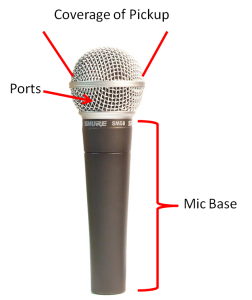 It was a gorgeous Saturday afternoon in the San Francisco area with clear skies, temps in the high 60s, but a little windy up on the hill overlooking the San Francisco airport. I was there along with several other of his music industry professionals, family and friends for a send off as one of our own was preparing to head out on tour for the next six months . To set the right mood for a party he had arranged for his band ‘The Genres’ to perform a full set for the friends and family in attendance.
It was a gorgeous Saturday afternoon in the San Francisco area with clear skies, temps in the high 60s, but a little windy up on the hill overlooking the San Francisco airport. I was there along with several other of his music industry professionals, family and friends for a send off as one of our own was preparing to head out on tour for the next six months . To set the right mood for a party he had arranged for his band ‘The Genres’ to perform a full set for the friends and family in attendance.
‘The Genres’ are a soulful funk/rock band in the same style as Michael Franti & Spearhead. It was a great afternoon of tunes as we all found ourselves trying to escape being blown over by the 20+ mph gusts. As they went through the set list they added a few of their friends to the line up who perform as hip hop lyricists. While watching these performances I noticed something that happens all too often with singers lacking microphone skills – choking the mic. What I mean by that is the grasp the guest artist took on the microphone was around the windscreen (think the silver ball) as opposed to around the base of the mic.

EXTREMELY simplified microphone diagram
It’s become more commonplace to see people grab a mic in this fashion because it’s what people see in so many videos online, but that doesn’t make it right. Most hand held microphones that you’d see in this style are referred to as uni-directional, also known as cardioid. That means that the pickup pattern is designed to be predominantly at the front of the microphone while rejecting audio from the sides or rear. There are also microphones out there that would be considered omni-directional where they pick up audio from all directions. The way that the microphone manufacturers are able to control this pickup pattern is by having ports on the back side of the microphone element. This means that if you are grabbing the silver ball at the microphone base you are actually covering the ports. The result is that the microphone loses its directional nature and can begin to function more like an omni-directional microphone. This blocking these ports will also result in an altering of the frequency response of the microphone making a voice possibly unintelligible, as well as potentially create feedback issues on stage.
It may not be as aesthetically pleasing to hold the microphone at the base, but by doing so you will definitely have improved audio performance from the microphone. If you do still end up taking the mic and grabbing towards the windscreen, be cautious not to completely cover the area where where the ports are located to ensure that you maintain the microphones narrower pickup pattern and frequency response.
It might not seem like a big deal, but don’t you want to be certain your audience can hear your songs and stories clearly without feedback issues?






